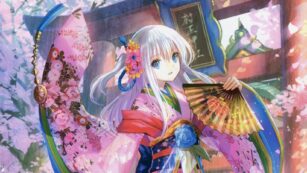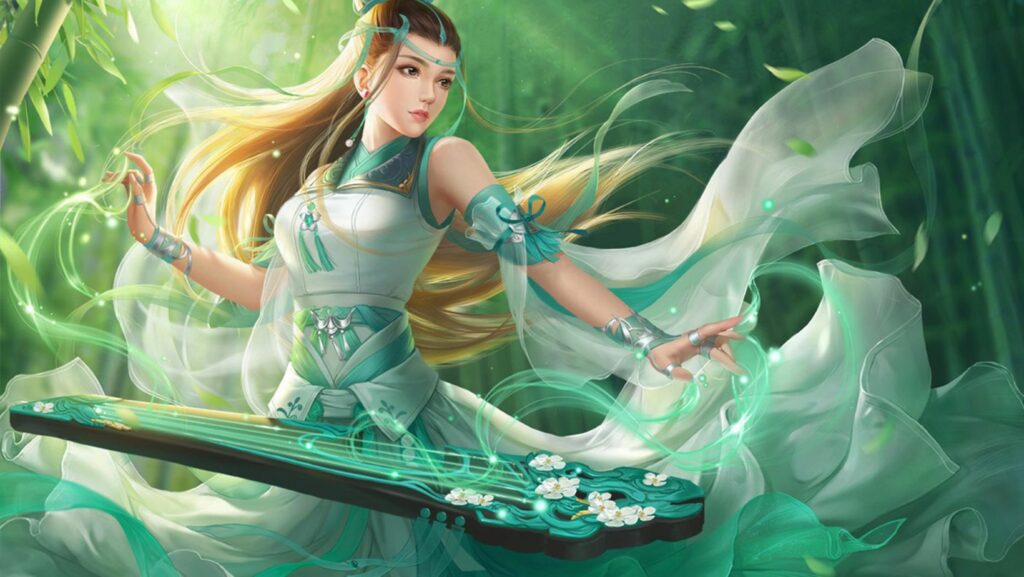Anime has transcended its origins in Japan to become a global cultural phenomenon, captivating audiences with its unique storytelling and vibrant artistry. This animated medium isn’t just for entertainment; it’s a rich tapestry that reflects societal norms, challenges, and aspirations. As it gains popularity worldwide, anime continues to shape and be shaped by the cultures it touches.
From intricate plots and diverse characters to stunning visuals, anime offers something for everyone. It’s not just a genre but a cultural movement that influences fashion, music, and even language. Fans around the world gather at conventions, online forums, and social media platforms to celebrate their favorite series, forming a tight-knit community that spans continents.
Understanding anime’s cultural impact requires delving into its history and evolution. As it bridges cultural gaps, anime serves as a lens through which audiences can explore and appreciate both familiar and foreign perspectives.
Culture Anime
 Culture anime explores themes deeply rooted in Japanese traditions and philosophy. It’s seen as a vessel for expressing cultural nuances, reflecting historical events, and incorporating folklore. Characters embody significant cultural symbols, often portraying samurai, geisha, or spiritual entities. This medium serves as a narrative tool, communicating complex societal values.
Culture anime explores themes deeply rooted in Japanese traditions and philosophy. It’s seen as a vessel for expressing cultural nuances, reflecting historical events, and incorporating folklore. Characters embody significant cultural symbols, often portraying samurai, geisha, or spiritual entities. This medium serves as a narrative tool, communicating complex societal values.
A significant aspect of culture anime is its ability to preserve and convey Japanese aesthetics. Examples include the detailed depictions of traditional clothing such as kimonos or the architectural features of shrines and temples. The use of cultural motifs is prevalent, creating a bridge between Japanese history and modern storytelling.
Story arcs often highlight moral dilemmas, reflecting Confucian and Shinto beliefs. Themes of honor, duty, and family are common in culture anime, providing audiences insight into Japanese ethical frameworks. The inclusion of seasonal festivals and local cuisine further enriches the cultural experience, offering viewers a virtual exploration of Japan.
The worldwide response to culture anime reveals its universal appeal. Viewers are drawn to its authentic portrayal of Japanese culture and the emotional depth these stories offer. Anime’s cultural export promotes cross-cultural understanding and appreciation, underscoring its role in defining global entertainment trends.
Key Themes in Culture Anime
 Culture anime intricately weaves together various themes that reflect the richness of Japanese traditions and the complexities of contemporary life. These narratives often explore universal human experiences through culturally specific lenses, offering viewers a unique perspective.
Culture anime intricately weaves together various themes that reflect the richness of Japanese traditions and the complexities of contemporary life. These narratives often explore universal human experiences through culturally specific lenses, offering viewers a unique perspective.
In culture anime, the juxtaposition of tradition and modernity often serves as a central theme. Stories frequently illustrate the tension between preserving ancient customs and adapting to contemporary societal changes. Through characters navigating these dynamics, anime like “My Neighbor Totoro” showcases the harmonious coexistence of rural traditions with urban development, highlighting the importance of balancing past and present.
Identity and self-discovery are pivotal themes in culture anime. Characters embark on journeys of introspection, challenging societal expectations and discovering personal truths. In anime such as “Spirited Away”, protagonists transform through encounters with spiritual beings and unfamiliar worlds. This theme resonates with audiences seeking to understand themselves and their place in a rapidly changing world, reflecting broader existential question
Art and Animation Styles in Culture Anime
 Culture anime showcases a diverse array of art and animation styles that capture the essence of Japanese aesthetics. These styles contribute significantly to the portrayal of traditional themes and the storytelling techniques that define culture anime.
Culture anime showcases a diverse array of art and animation styles that capture the essence of Japanese aesthetics. These styles contribute significantly to the portrayal of traditional themes and the storytelling techniques that define culture anime.
Storytelling in culture anime often employs a blend of visual artistry and narrative depth. Animations use vibrant color palettes and intricate backgrounds to convey the richness of Japanese culture. Symbolic imagery, like cherry blossoms and temples, frequently appear to highlight cultural heritage. Directors employ techniques such as non-linear narratives and episodic storytelling to explore complex themes and character development. Emotional depth is achieved through expressive character designs and carefully crafted animation sequences, helping to convey intricate emotional states and cultural nuances. This meticulous attention to detail in storytelling strengthens the connection between viewers and the cultural themes being explored.

